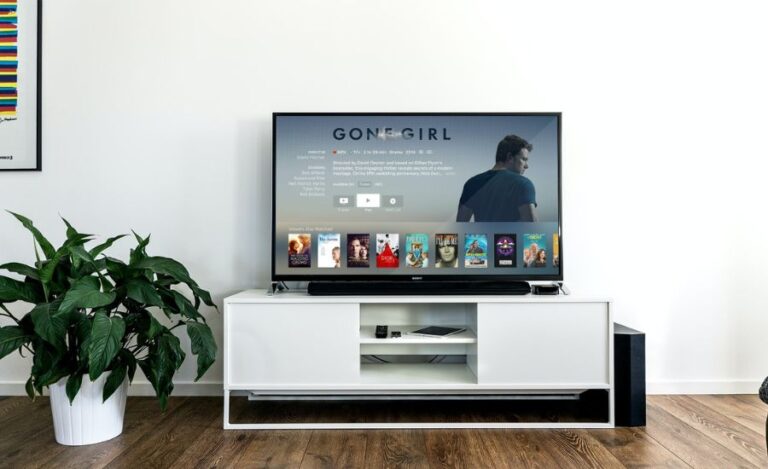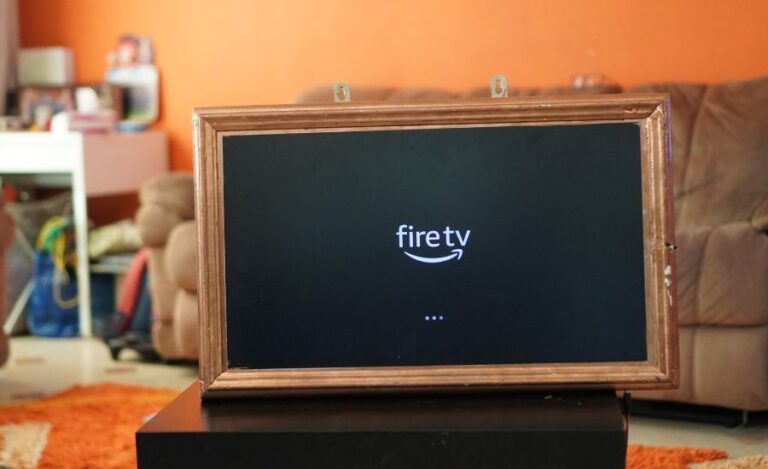How To Make A Speaker? Step By Step Guide
To all the nerds reading this, you probably know that speakers generate sound by turning electrical energy into sound energy. Also, they make use of magnets to push air in and out at a certain frequency using the speaker cone.
While entire volumes have been written about this phenomenon, building your very own speakers requires just a basic understanding of sound design.
Moving on, a loudspeaker is a deceptively basic device at its heart. The drivers, crossovers, and cabinets are the most important components. Cones are sensors that convert an electrical signal into physical air movement (i.e., sound).
Whether you want to spend weeks constructing the next great sound system or simply want to better understand speakers, keep reading to figure out how to make your own.
Making Your Speakers: A Step-by-Step Guide
Without any further ado, let’s dive in…
Building the speaker
Step 1
Firstly, you need a powerful magnet, packaging tape, and copper wire. High-end speakers require a lot of calibration, but the underlying technology is rather straightforward. A wire that is connected to a magnet is passed an electrical current. The magnet vibrates as a result of this current, and our ears perceive those vibrations as sound.
Look for a small plastic Tupperware container or cup so you can hear the sound. The sound will be amplified in a similar way to how shouting into a cone increases your voice.
Step 2
To create a coil, wrap the copper wire numerous times around the magnet. Starting in the middle, wrap the wire about six to seven times. On either side of the magnet, be sure to leave a few feet of wire unwrapped. Without the magnet, attach this coil to the Tupperware’s bottom using tape.
Step 3
Make a second, bigger coil using a bottlecap or any other spherical item. Make a larger coil out of the copper wire that is left over, using both ends, and tape it on top of the small coil. To connect your “speaker” to the music source, leave about a foot of extra wire on either side of the coil, just as before.
Step 4
Over the top of the two coils, position the magnet. Don’t bother too much about contacting every square inch of wire. You just want it to sit comfortably within both coils.
Step 5
Connect the music source to the two copper wires. The most typical attachment is an “Auxiliary” cable or 1/8-inch cable. Make sure the wire should be wrapped around the top and bottom of the metal input, respectively.
The copper wire may be connected to a music source more easily using gator clips, which are tiny clamps that convey electricity.
Step 6
Make adjustments to your speakers to improve the sound. Try making the magnet powerful. You may do this by maintaining tighter coils, or using various “amplifiers,” and play various musical sources at various volumes.
Lastly, embellish it with the speaker. And, done!
Adding finishing touches
The speaker needs to be polished. Spray paint or painting the wood are two good options if you want some color. There are no restrictions on how you may customize the speaker. Just be careful not to muffle the sound.
For DIY speaker makers, wood veneer and spray paint are two excellent choices. Keep in mind that at this stage you must also include the Bluetooth receiver if want your build to be a Bluetooth speaker.
Try and Use
Your speaker should now be fully up and running. You can try it with an available device to see whether it works properly. Some like to test their amplifiers and other components before beginning construction to ensure that everything works properly. Whether you test it beforehand or not, you must test the speaker after it has been assembled.
This is a good practise to ensure that the components and speaker cabinet structure are in good working order.
How to Make Speaker Building Profitable
If you’re here just to build a speaker for yourself, you can skip this! But If you want to master speaker construction, you can start a side business making bespoke or even commercial speakers. Additionally, you may use your speaker cabinets in a variety of inventive ways to provide your clients with a one-of-a-kind product.
An excellent speaker may be rather pricey, as it is a no-brainer. Therefore, you may charge a price price for a pair of speakers if you can satisfy the design requirements of your customers and deliver quality sound.
Obtain feedback, consider it, and refine
Your speaker is now ready to use, so you can start listening to all your favorite music. You may show off your work and invite friends over to listen. If you’re considering building speakers again in the future, try to get a bunch of feedback. The constructive feedbacks can be implemented to build a better piece next time.
Although creating your first speaker will take some time, the skills you learn will always be with you. You can eventually generate money off of these by either selling speakers or instructing others on how to create them. With the information you acquire, you could even be able to fix speakers. Simply put, creating your own speaker is an excellent method to gain more technical knowledge.
Wrapping up
Your speaker, unlike a typical speaker, probably won’t be loud enough for you to hear it from across the room. Regular speakers often feature an amplifier that amplifies the music and a separate power source. That doesn’t matter! Afterall, it’s your first ever build. Pat yourself at the back and try to create a better version next time.
FAQ’s
There is no standard resistance. However, most speakers available in the market are either of 4, 8, or 16-ohms resistance.
DIY speaker builders require speakers, amplifiers, and a source to create a typical sound system. To prepare these three components, other elements are needed as well. So, to create one for yourself, consider the steps that I’ve discussed above.





